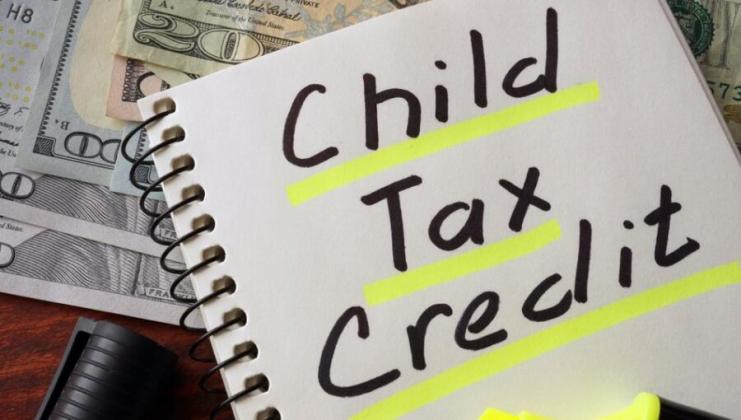Advance Child Tax Credit payments begin July 15
There are many important changes to the Child Tax Credit (CTC) that could potentially help many families get advance payments of the credit starting this summer with first payments scheduled for distribution July 15.
The American Rescue Plan, signed into law in March, made changes to the CTC for most taxpayers in 2021. The credit amounts increased for many taxpayers, and the credit is fully refundable, which means taxpayers can benefit from the credit even if they don’t owe any income taxes.
The credit includes qualifying children who turn 17 in 2021. Part of the American Rescue Plan directs IRS to make advance monthly payments of half the estimated annual CTC. The payments are scheduled for July 15; Aug. 13; Sept. 15; Oct. 15; Nov. 15; Dec. 15; and the remainder of the CTC being distributed during the April 2022 tax season.
There is a substantial increase in the CTC in 2021 raising the amount earned per qualifying children under age six to $3,600 and $3,000 for children 6-17 years of age. The previous amount was $2,000 for qualifying children. Advance payments for children under six are $300 maximum per month while the maximum advance payment for children 6-17 is $250 per month. The final payment will be distributed in April 2022, with children under six given $1,800 and children 6-17 given $1,500.
Who is eligible?
Most families that are eligible for the 2021 CTC advance payments should have received a letter in the mail from the Department of the Treasury, Internal Revenue Service.
Maximum credit is available to taxpayers with a modified Adjusted Gross income of:
• $75,000 or less for single taxpayers;
• $112,500 or less for head of household;
• $150,000 or less for married couples filing a joint return and qualifying widow(er)s and the maximum credit phases out for higher income taxpayers.
Children born in 2021 and children that are adopted can also qualify if they are U.S. citizens.
Opting out of advance payments
Families that qualify for the advance CTC payments and have already received a letter from the IRS stating eligibility will automatically receive advance payments unless they choose to opt out.
Families may choose to opt out of the advance payment if:
• They’d rather receive a large payment next year instead of seven smaller payments spanning 2021 and 2022. This could be the case for families saving up for a big expense or those who have budgeted for that money to pay off outstanding debt.
• You know your household circumstances or tax situation will change and don’t want to deal with having to update your information in the portal.
• You’re concerned the IRS might send you an overpayment based on changes to your situation this year, and you don’t want to worry about paying that money back next year.
To opt out and receive one big payout in 2022, or to find more information about the CTC, visit www.irs.gov/childtaxcredit2021.

